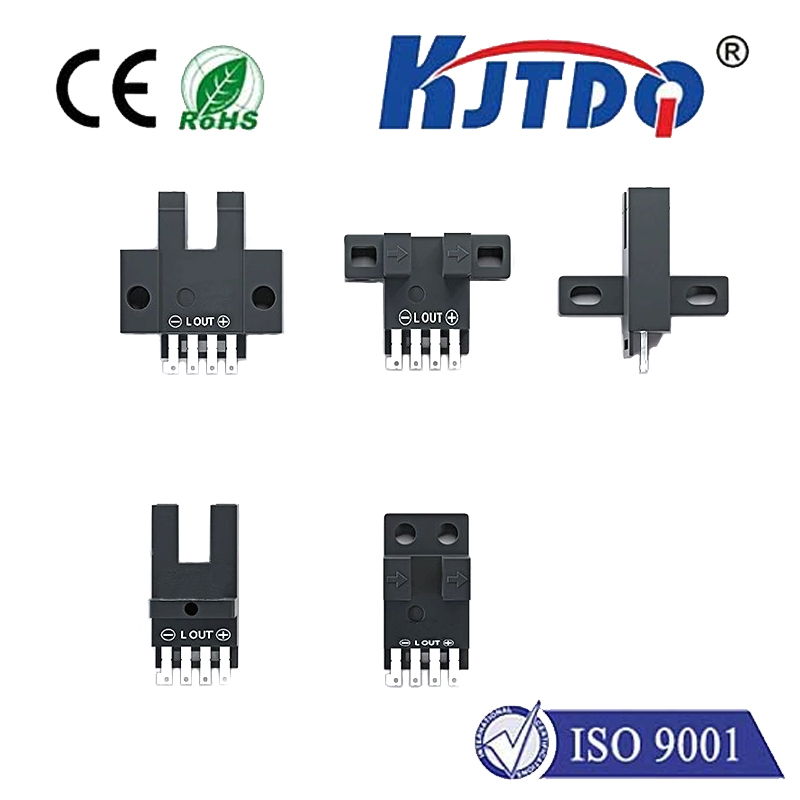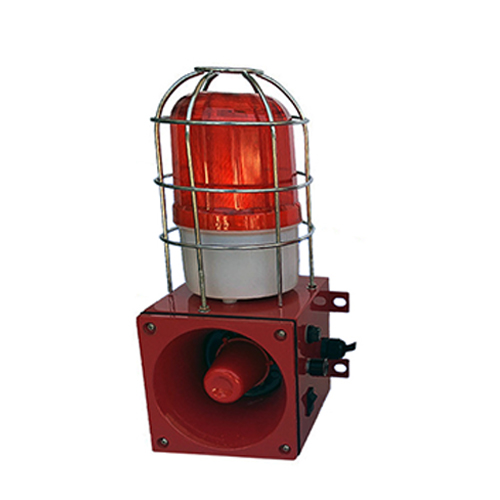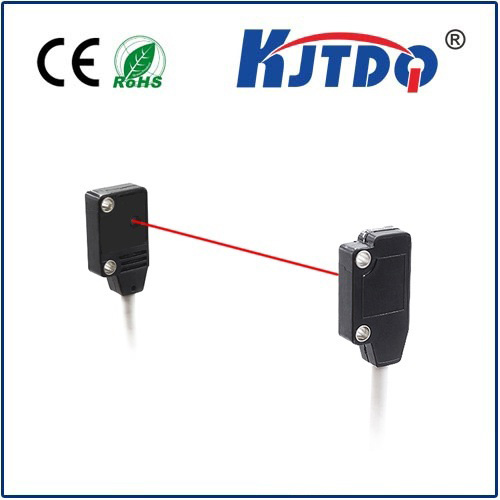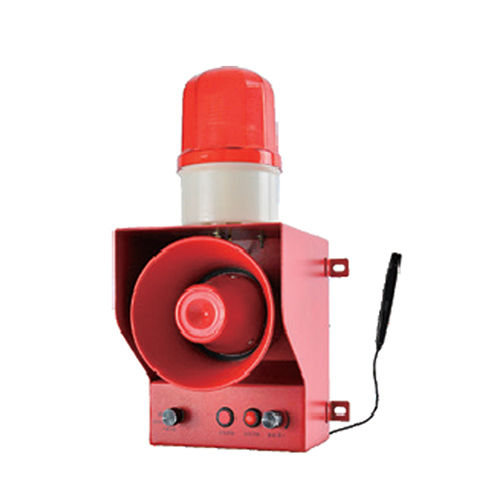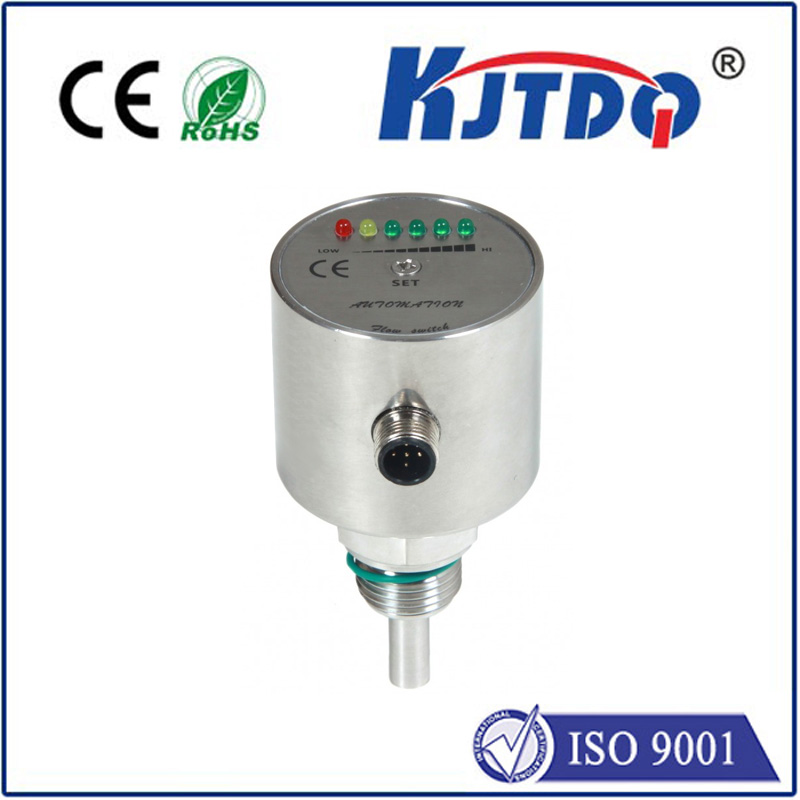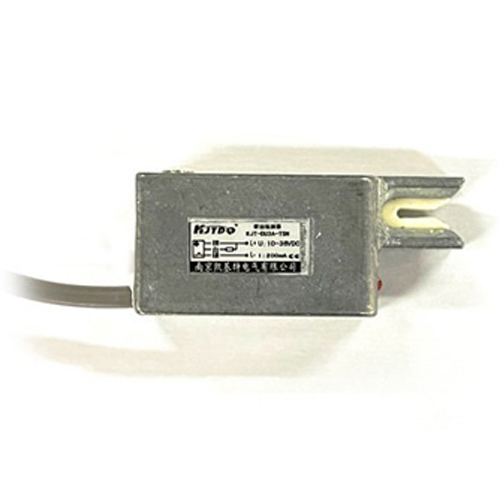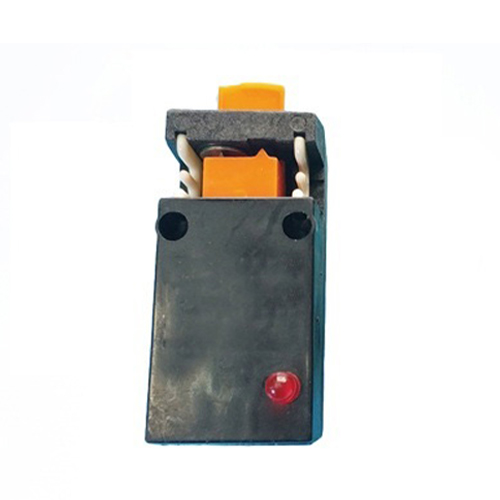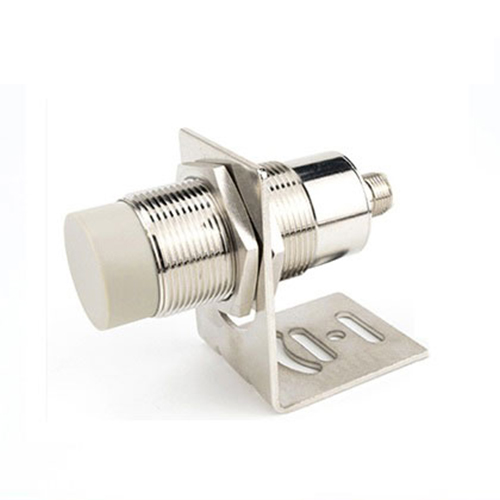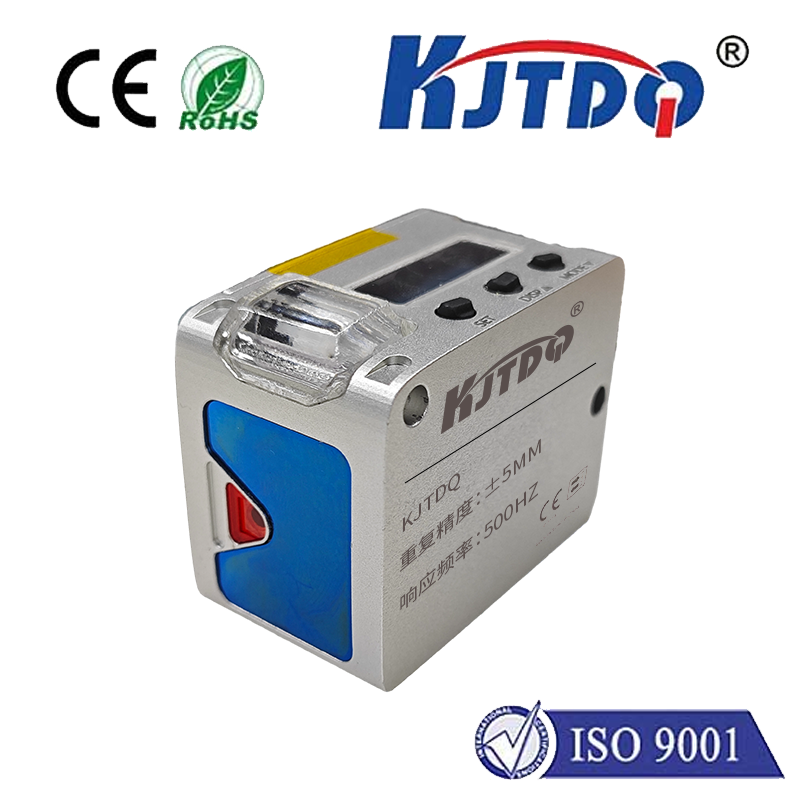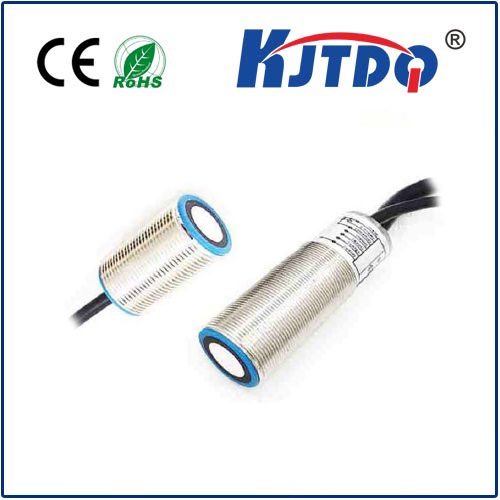photo electric eye
- time:2025-07-25 04:35:40
- Нажмите:0
The Unseen Guardian: How Photoelectric Sensors Power Modern Automation
Imagine a world where machines instantly “see” objects approaching, count items whizzing by at blinding speed, and ensure safety barriers snap into place before danger strikes. This isn’t science fiction; it’s the everyday reality powered by the ubiquitous yet often overlooked photo electric eye, or more accurately, the Фотоэлектрический датчик. This ingenious piece of sensor technology silently governs countless automated processes, acting as the crucial link between the physical world and our increasingly automated systems. Understanding how these devices function and where they excel reveals the foundational layer of modern industrial automation, safety systems, and even everyday conveniences.
At its core, a Фотоэлектрический датчик operates on a beautifully simple principle: it uses light to detect the presence, absence, or distance of an object. Essentially, it consists of two key components:
- An Emitter: This part generates a light beam, typically infrared (invisible to the human eye) or sometimes visible red light, laser, or even specialized modulated light.
- A Receiver: Positioned to detect the emitted light beam. The receiver measures the intensity of the light reaching it.
Detection occurs when an object interferes with this emitted light path. The sensor’s internal electronics constantly monitor the receiver signal. Depending on the sensor type and setup, the interruption or the reflection of the light beam triggers a change in the sensor’s output signal (switching it ON or OFF), which can then be interpreted by a controller like a PLC (Programmable Logic Controller) to initiate an action. This elegant simplicity translates into remarkable reliability, speed, and versatility.

Crucially, not all photoelectric eyes are created equal. Their effectiveness varies depending on the application, primarily distinguished by their operating method and light path configuration:
- Through-Beam Sensors (Opposed Mode): The gold standard for long-range object detection and reliability. The emitter and receiver are separate units, facing each other directly. The emitter projects a constant beam to the receiver. Detection occurs when an object physically breaks this beam. This setup offers the longest sensing ranges (easily meters) and is highly resistant to environmental factors like target color, reflectivity, dust, or surface texture. Think assembly lines where products pass between two points or safety guards on large machinery.
- Retroreflective Sensors: Here, both emitter and receiver are housed in a single unit. They rely on a special reflector (like a high-efficiency prism or tape) positioned opposite the sensor. The sensor emits light towards the reflector, which bounces it directly back to the receiver. Detection occurs when an object interrupts this return light path. This provides a good compromise between range and ease of installation (only needing to mount one unit and the reflector), ideal for detecting pallets on conveyors or checking for presence on packaging lines.
- Diffuse Reflection Sensors (Proximity Mode): All components are integrated into a single housing. The sensor emits light, and the receiver detects the light diffusely reflected off the target object itself. Detection depends on the object being close enough and reflective enough to bounce sufficient light back to the receiver. While offering the simplest installation (only one device, no reflector needed), diffuse sensors are more sensitive to the target’s color, surface finish, and ambient light conditions. They excel in detecting objects at close range, like counting bottles on a conveyor or verifying label presence. Advanced models use background suppression techniques to focus detection within a specific range, ignoring objects beyond it.
The dominance of photoelectric sensors in modern automation stems from several compelling advantages:
- Non-Contact Detection: They detect objects without physical touch, eliminating wear and tear on both the sensor and the object. This is vital for delicate items, high-speed applications, and maintaining sterile environments. This non-contact nature defines their core value proposition.
- High Speed & Precision: Capable of detecting objects moving at extremely high speeds or very small objects, performing tasks like precision counting or triggering actions in microseconds, far surpassing mechanical switches.
- Long Sensing Ranges: Particularly through-beam sensors can detect objects several meters away, a capability unmatched by many other proximity sensor types.
- Многогранность: Available in a vast array of sizes, housing materials (metal for harsh environments, plastic for general use), beam types (visible, laser for precision), and output configurations (digital, analog, IO-Link) to suit virtually any industrial automation need.
- Reliability & Cost-Effectiveness: With no moving parts (in most common types) and robust designs, they offer long lifespans and minimal maintenance, providing excellent value.
The applications of photoelectric sensors are breathtakingly diverse, underpinning countless industries:
- Manufacturing & Packaging: Object detection on conveyors, precision counting of bottles/cans, verifying label/cap presence, monitoring fill levels (without contact), detecting jams, and controlling robotic positioning. They are the unsung heroes ensuring production lines flow smoothly.
- Перевозка материалов: Controlling automated storage and retrieval systems (AS/RS), detecting pallet positions, triggering sorting gates in warehouses, and initiating conveyor start/stop sequences. They provide the essential spatial awareness for automated logistics.
- Building Automation & Security: Enabling automatic door opening/closing (garage doors, supermarket entrances), triggering security alarms when beams are crossed, controlling lighting in presence-sensing systems, and monitoring restricted areas.
- Transportation & Vehicles: Vehicle counting on roads and toll booths, detecting trains in stations, monitoring door positions on buses/trains, and ensuring safe operation in automated guided vehicles (AGVs).
- Food & Beverage: Ensuring hygiene through non-contact detection on processing lines, verifying container integrity, counting products, and monitoring packaging.
- Pharmaceuticals: Critical in controlled environments for precise counting, verifying vial/cap presence, and ensuring process integrity without contamination risk.
Beyond industry, the “electric eye” subtly enhances daily life. Elevator door safety beams, automatic soap dispensers, paper towel dispensers, and even some touchless faucets utilize diffuse reflection sensing. During the recent pandemic, their role in enabling touchless interfaces became particularly significant.
Looking ahead, the evolution continues. Integration with IIoT (Industrial Internet of Things) enables smarter sensors providing diagnostic data and enabling predictive maintenance. Laser-based sensors deliver unprecedented precision for tiny object detection and precise positioning. Advanced background suppression and distance measuring sensors offer even greater flexibility and application robustness.
From ensuring worker safety by halting massive machines to silently counting millions of products or making our daily commutes smoother, the Фотоэлектрический датчик remains a fundamental, adaptable, and often invisible force in our automated world. Its core principle – the simple interaction of light and object – continues to illuminate the path towards greater efficiency, precision, and safety across global industries and beyond. Its ability to provide fast, reliable, non-contact object detection ensures its position as an indispensable sensor technology well into the future.







